The blog has been a little bit overlooked lately. Apologies for that, I’ve had a rather urgent appointment with some wallpaper that needed to be removed. It’s been a bad time to be distracted as well, because people – well the readers of this blog to be precise – have been sending me things. And they’ve been rather good.
Let’s start with these, mostly because I asked for them. ‘Did Daphne Padden design any other leaflets for British Railways?’, I asked the other day. The answer is a resounding yes.
And here’s another, although I’ll be blowed if I have any idea what a ‘Radio Cruise’ is. Can anyone enlighten me?
She even designed the insides of this one too.
Which include this rather fine map.
Are there more out there? I hope so, although I am anticipating that I might have to do something frightening, like attend a transport ephemera fair, to find them.
Meanwhile through the actual mail box came a small set of these little London Transport prints – I’m sure there is a precise art historical word for what they are but I’m afraid I don’t know it. Anyway, they were a fantastic gift all the way from America so thank you very much.
What I got was four little folders, each containing a small print of a London Transport poster from 1953. Here’s St James’ Palace by David Lewis.
Each print was the pictorial half of a pair poster, so making the transfer to prints quite well. I can’t decide whether my favourite is the John Bainbridge or the Sheila Robinson (both artists who deserve further notice on this blog one day).
I have no idea, however, what the purpose of these were. Were they bought by the public and framed, or where they sent out by London Transport as a form of publicity? Or some other reason that I can’t even guess at. If anyone can enlighten me, please do.
While we’re on the subject of London Transport, this is also rather good.
This also reminds me that I’ve been meaning to mention the work of artist Micah Wright for a while. He’s been working on ironic modern versions of propaganda posters for a while, and got in contact with the blog to say that we might like this take on Pat Keely. He was right.
Most of what he does is American in origin, but it’s still very much worth taking a look at his PropagandaRemix website.
And now if you’ll excuse me, I’ve got a wall that needs demolishing. But if you’ve got anything else to send me in the meantime, please feel free.
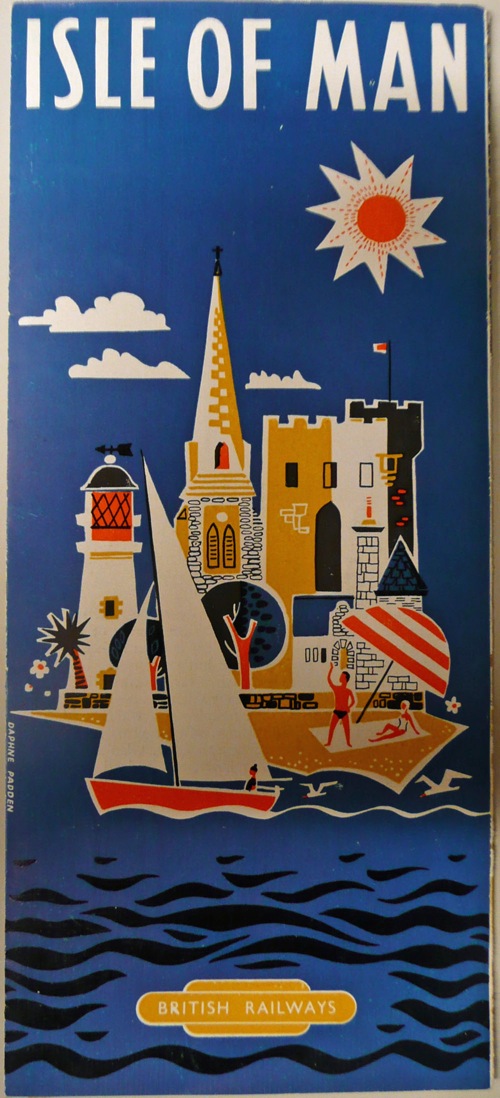
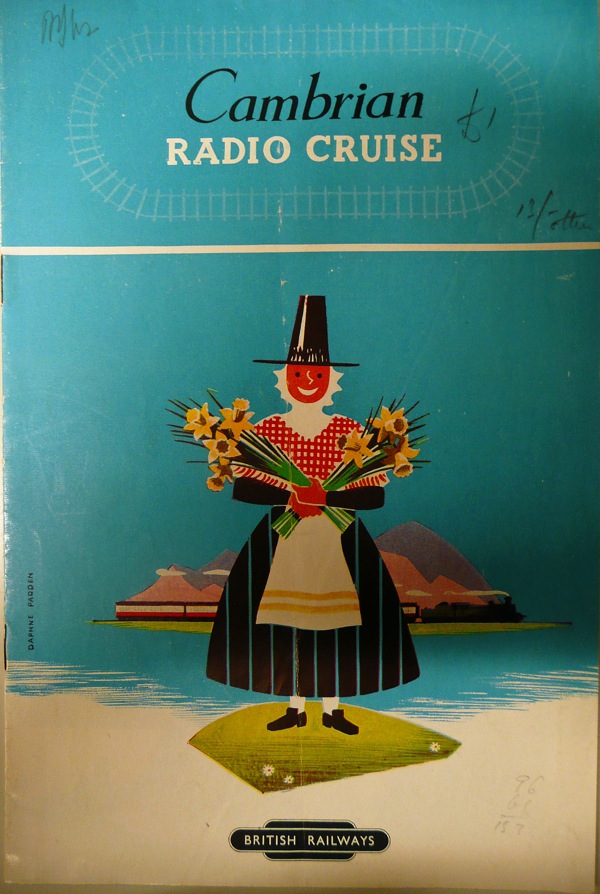
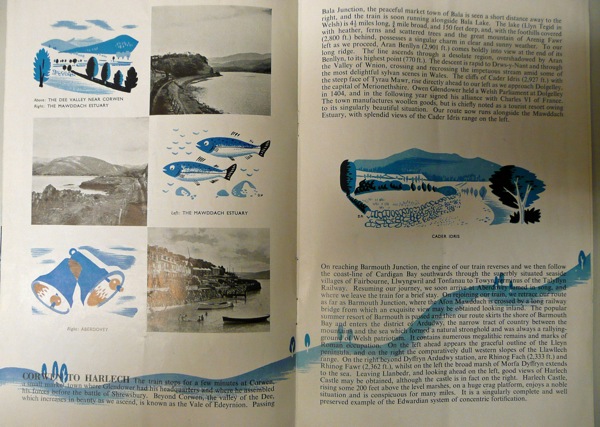
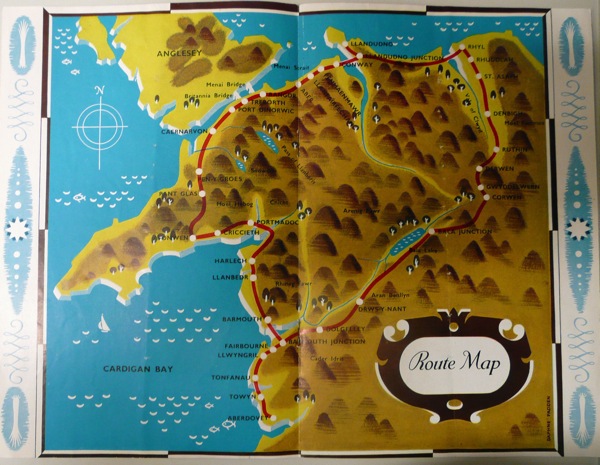
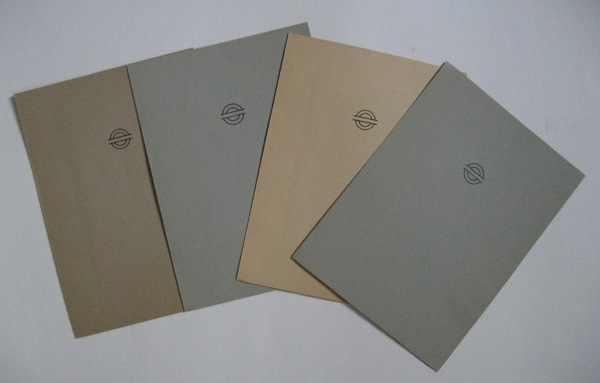
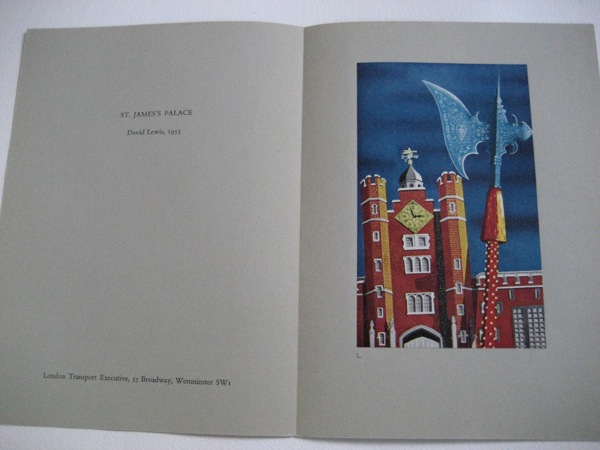
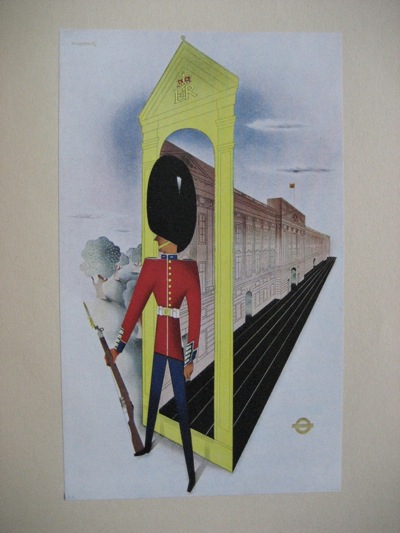
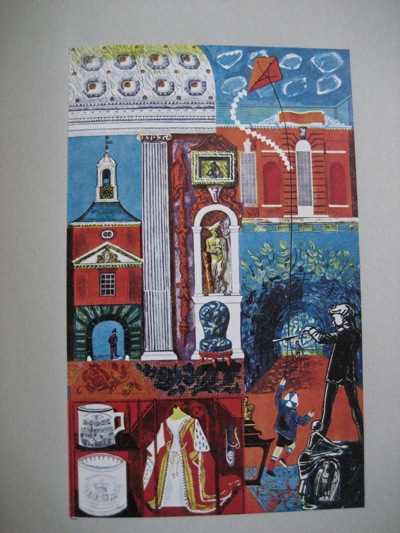

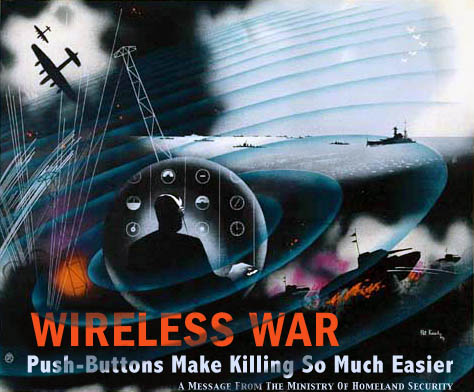

I’ve bought and sold a number of those LT poster ‘folders’ over the years. I was told, yonks ago, that they were press releases. Which seems most likely, I think.
I hope we shall see you ( and Mr Crown Folio ) at the forthcoming Bath book fair which I have the dubious honour of co-managing. Assembly Rooms, Sept. 29th and 30th. It’s the best in the West!
If you would like some complimentary tickets or can place publicity material anywhere I would be delighted to provide same. Email me a postal address.
All best, Steve
That sounds very likely, doesn’t it. But still a very smart way of going about it.
And yes – hope to see you there (and any other readers of this blog who are down that way too).
If the London Transport prints were 6″ x 5″ on a 9″ x 7″ mount, they – along with postcards – were all LT were allowed to sell to the public, poster-wise, between the end of the war and 1964. Do they look worth a whole shilling of 1964 money?
Their presentation in the folder looks very similar to the apparently very short lived Penguin Prints project. That was so short lived that the only mention of it I can find on the internet is that it was short lived.
Even a history of Penguin only mentions it in passing, as in “, editor of the short-lived Penguin Prints, was involved in “.
Now, I can tell you what a radio cruise is, probably, as I’ve seen a reference to one in a similar pamphlet.
Paraphrasing from memory you’re on a train going through an attractive bit of countryside, there’s a loudspeaker in the carriage with you, and someone is using the loudspeaker to inform you which part of the countryside you should be looking at.
I’ll get the exact quote (which does make it sound marginally more appealing than my version) but that’s the idea. No actual radio, unless the mystery voice isn’t on the train, which would make the whole thing more interesting. I suppose it’s a fore-runner of things like the Settle-Carlisle podcasts (“Remember to stop your mp3 player when the train stops”) but more compulsory.
From British Railways’ North Wales Summer 1956 Advance Information leaflet:
“The Cambrian Radio Cruise.
A novel and delightful rail tour through the Vale of Clwyd, the Vale of Edeyrn Ion, the Wnion Valley, alongside the Mawddach Estuary and south to Aberdovey, an unspoilt sea-resort at the mouth of the Dovey. Return is alongside Cardigan Bay through Carnarvon and by the coast of North Wales.
Luxury carriages with armchair seats are provided and a running commentary on the magnificent scenery is given over the loudspeaker equipment which is installed in the train. Refreshment facilities are available in the Cafeteria Car.
Fare from principal resorts — 20/- ”
The same tour was offered in 1958 as well, so someone must have liked the idea. I bet it looked more appealing with the Padden cover than on a 10″ x 6″ sheet of newsprint.
Thank you for both of those bits of information – I’ll post about the LT prints properly one day as what you’ve found is worth broadcasting. And I also know never to take a radio cruise should one be offered. Also good to know.